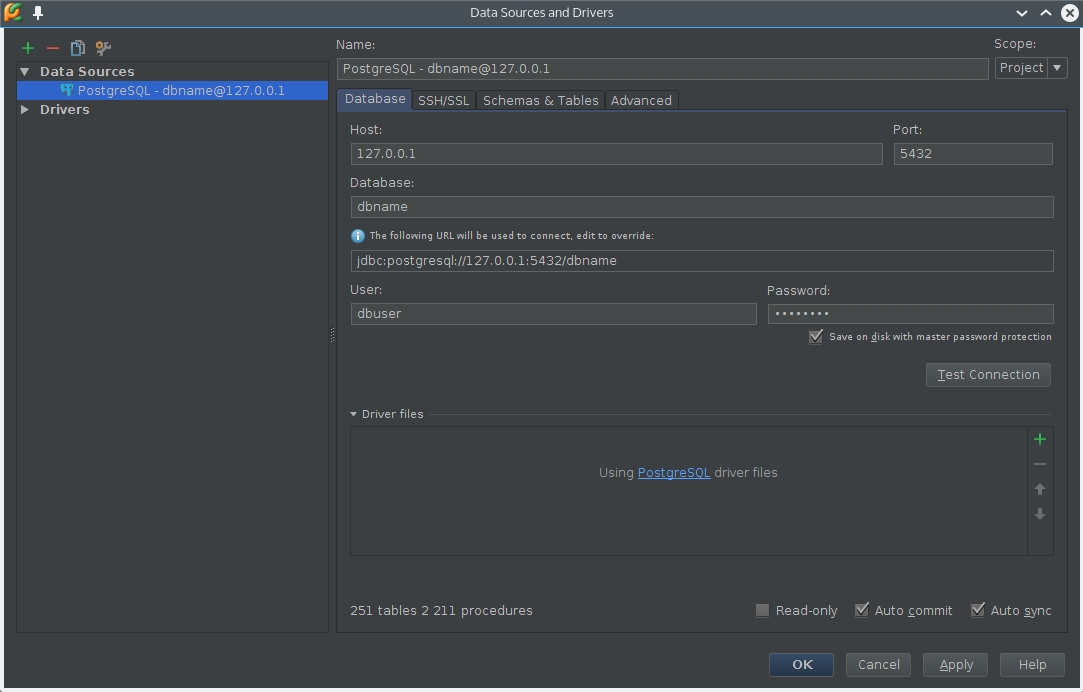

#Pycharm ssh proxy code#
After a successful build, The code is automatically pushed to the corresponding file location of the server, Automatic deployment succeeded Submit automated build code, You can find GitHub Actions Has begun to buildĤ.TARGET: The file address of the target website on the server.Strategy : matrix : node-version : steps : - uses : actions/ - name : Use Node.js $ SOURCE : dist/* On : push : branches : pull_request : branches : jobs : build : runs-on : ubuntu -latest stay GitHub Of Actions establish Node Build tasks, Refer to its code.take ssh Private key added to GitHub Code warehouse.take ssh Public key added to authorized_keysĬat.In the same way, the server generates SSH Secret key, Execute at root.Server pagoda creates website and configures SSH Secret key git commit -m "Initial commit" git push -u origin master Git remote add origin :matrixstudio/web_template_0_frontend.git After configuring the image warehouse and SSH After the secret key, You can push the existing code to the following command GitCode, then GitCode It will automatically synchronize to GitHub 了. Use the following command to copy the public key : cat C: \Users \liu_z/.ssh/id_rsa.pub | clipĤ. Locally SSH Secret key, You can use the command ( Replace with your own mailbox ): ssh-keygen -t rsa -b 2048 -C " "Įnter all the way, You can see something like this : GitCode To configure SSH Secret key ( If it has been configured, you can skip this step ).
#Pycharm ssh proxy password#
Note the warehouse filled in here URL User name needs to be added, Then select push warehouse, The password is filled in in the front GitHub Generated AccessToken. Take a small notebook and remember this Token value, It will only be displayed once on this page, Click replication. The first thing you need to do is GitHub Create a Access Tokenįill in first AccessToken Name, Then you can set token Permanent validity, Then select all permissions, Finally, click generate Token.establish GitHub Code warehouse ( The final code should be synchronized to GitHub Of, Because automatic deployment and nail group robots are configured later, It's all based on GitHub Conduct ) establish GitCode Code warehouse ( Considering that some students may not be able to visit GitHub, For later collaboration, So upload the code to GitCode, Then synchronize to through the mirror GitHub)Ģ.# Stores VSCode versions used for testing VSCode extensions # Comment in the public line in if your project uses Gatsby and not Next.js # Coverage directory used by tools like istanbul # Directory for instrumented libs generated by jscoverage/JSCover gitignore Files can be viewed from the following links : gitignore file, This step is very important, Otherwise, when you upload the code later, you will upload everything to GitCode perhaps GitHub, The warehouse may be dozens of M Even a few hundred M. First, through WebStorm Create a Vue project.The server, The pagoda panel is installed.Locally installed Git, be familiar with Git Basic operation.Locally installed WebStorm( Optional, Other IDE It's OK ).

front end Vue Project creation + Automatic deployment DevOps It can automate the whole process, Development students only need a little knowledge of some tools to complete the deployment work. Popular ones are XQuartz for macOS and XMing for Windows.After all the environments are installed, The next step is to create the project, The complete project development process is that the students who develop the code first, Then it is delivered to the operation and maintenance students and deployed to the testing and production environment.

As a prerequisite, I assume that a Display Manager that launches the X-server is installed on the local machine. Here I'll describe how I went about creating a SSH reverse tunnel from HPC compute nodes to my local machine and used that to enable X11 Forwarding. X11Forwarding can then be done by setting the display on the remote server as the entry port of the tunnel and making the X-server listen on the exit port of the tunnel in the local machine. In this case, ssh can be used to create a reverse tunnel from the remote server to the local machine. But while X11 forwarding can be easily enabled using the -X (or -Y) option of ssh, it doesn't work if xauth is not installed on the remote server - in my case the HPC compute nodes. X11 Forwarding is very useful when you want to run GUI based applications on a remote machine. X11 Forwarding using an SSH Reverse Tunnel


 0 kommentar(er)
0 kommentar(er)
